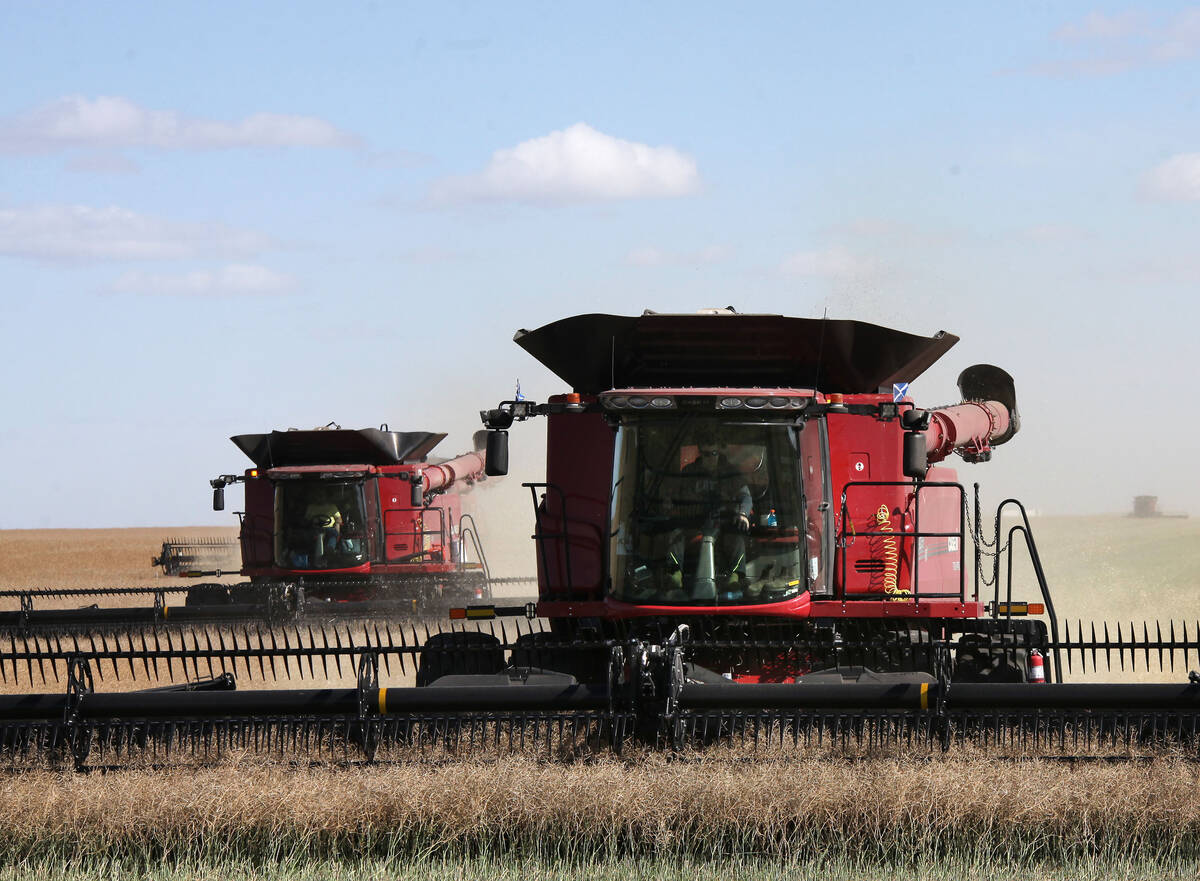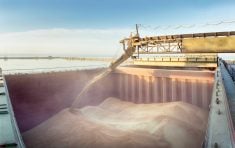DuPont Canada has added a new herbicide tank mix to its Harmony roster, loading active ingredients from Groups 1, 2 and 4 into Harmony Max for Prairie wheat and durum growers.
Harmony Max, sold by the 40-acre case, will combine the actives from DuPont’s Harmony Grass (clodinafop-propargyl, Group 1), Refine SG (thifensulfuron methyl and tribenuron methyl, Group 2) and Perimeter (fluroxypyr, Group 4).
“We designed Harmony Max to be both easy to use and extremely effective on key weeds,” DuPont cereals product manager Jon Gough said in a release Thursday.
Read Also

Notable changes in exports to China, India
China and India figured prominently in the September export data issued by the Canadian Grain Commission on Nov. 7. For the most part, the CGC’s numbers highlighted issues with grain, oilseed and pulse exports from licensed facilities to those countries.
The Mississauga-based Canadian wing of the U.S. chemical firm bills the new product as “convenient one-pass control of tough broadleaf weeds, as well as wild oats and green foxtail, in one easy-to-use case.”
The company also noted “many researchers” now recommend using tank-mixes of active ingredients from multiple groups as a way to prevent and manage herbicide resistance in weeds.
Along with its Group 1 grass herbicide, Harmony Max contains three broadleaf active ingredients from two different herbicide groups, making it an “excellent resistance management tool,” the company said.
The product is thus able to control a “wide range” of broadleaf weeds such as wild buckwheat, cleavers and kochia, including Group 2-resistant biotypes.
Harmony Max’s dry component, the company noted, is formulated with proprietary Solumax granules, which dissolve into solution rather than suspension, allowing for quicker absorption by weeds and easier tank cleanout.
Also, DuPont noted, “the grass herbicide in Harmony Max has the surfactant built right in, so there are fewer jugs to handle and rinse, saving both time and water.”
Perimeter is registered for sale for use only in the Prairie provinces and B.C.’s Peace River region. Harmony Grass has the same limits, except for its approved use also in the Okanagan and Creston Flats regions of B.C.















